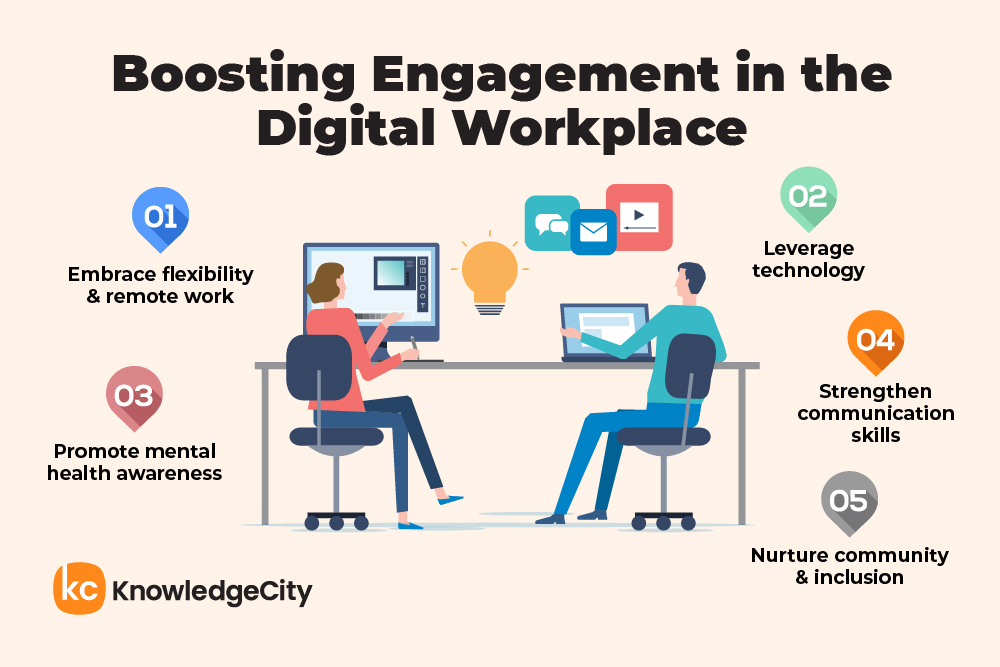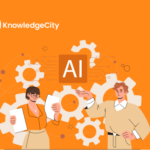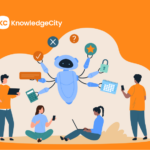With the rise of technology and the digital workplace, traditional methods of talent management and employee engagement are no longer enough. According to Gallup, only 23% of employees worldwide and 32% in the U.S. fall into the “engaged” category.
In this article, we will explore the challenges of engaging today’s modern workforce and how employers can adapt to meet these challenges and boost employee engagement.

The Changing Landscape of Talent Management
The landscape of talent management is undergoing a shift fueled by technological disruption, a multi-generational workforce, and evolving priorities. Companies must start rethinking how they attract, develop, and retain top talent, as the focus is no longer just on skills and experience, but on creating a work environment that prioritizes well-being and nurtures a sense of purpose.
Here are two of the biggest ways the modern workforce is changing:
- The Rise of the Digital Workplace
The workplace has become increasingly digital with remote work and flexible schedules becoming the norm. This shift has brought new challenges for talent management, as traditional methods of managing and engaging employees may not be as effective in a digital environment.Establishing a strong company culture and ensuring that all employees feel connected to the organization is important for organizations using digital workspaces. But without face-to-face interactions, it can be more difficult to build a sense of community and collaboration among employees.
- The Need for a Multigenerational Approach
The modern workforce is made up of employees from different generations, each with their own unique values, expectations, and communication styles. While this is beneficial for discovering new perspectives and offering mentorships to younger employees, it can be challenging for employers to engage and retain their employees, as a one-size-fits-all approach may not be effective.For example, younger employees may value flexibility and work-life balance, while older employees may prioritize stability and job security. Employers must find ways to cater to the needs and preferences of each generation in order to properly engage their workforce.
- The Rise of Social Media
Social media has become an integral part of our daily lives, and this extends to the workplace as well. Many employees use social media to connect with colleagues, share work-related updates, and stay informed about company news.But social media can be a distraction and can lead to decreased productivity if it’s not managed properly. Employers must find a balance between allowing employees to use social media for work-related purposes and setting boundaries to prevent it from becoming a distraction.
- The Role of Technology
Technology has also played a significant role in how employers engage with their workforce. With the rise of digital tools and platforms, employers now have more options for communicating with and engaging their employees.For example, many organizations use employee engagement software to gather feedback, recognize and reward employees, and provide opportunities for professional development. These tools can help employers stay connected with their employees and create a more engaging work environment.
Strategies for Engaging the Modern Workforce
- Embrace Flexibility and Remote Work
Employers who embrace flexible work arrangements are more likely to attract and retain top talent.Remote work can also lead to increased productivity and job satisfaction, as employees have more control over their work-life balance. Employers can also use technology to facilitate remote work and ensure that employees have the tools they need to be successful.
- Nurture a Sense of Community and Inclusion
In an increasingly digital workplace, it’s essential for employers to make an effort to connect with their employees and create a sense of belonging.This can be achieved through virtual team-building activities, regular check-ins with employees, and creating opportunities for employees to connect and collaborate. Employers should also make an effort to recognize and celebrate the diversity within their workforce and create an inclusive work environment.
- Promote Mental Health Awareness
Stress, anxiety, and depression can significantly drain motivation and make it difficult for employees to feel invested in their work. In fact, 25% of working Americans say they are considering leaving their current employer due to their need for a mental health break.
Feeling valued, supported, and having a sense of purpose through engagement can act as a buffer against mental health struggles. By being supportive and offering resources to address mental well-being, companies can create a space where employees can thrive and contribute their best work.
- Leverage Technology for Employee Engagement
Technology plays a significant role in engaging the modern workforce. Employers must leverage technology to gather feedback, recognize and reward employees, and provide opportunities for professional development.Employee engagement software can also help employers track employee satisfaction and identify areas for improvement. By using data-driven insights, employers can make informed decisions and create a more engaging work environment for their employees.
- Communication is Key
Effective communication is crucial for engaging the modern workforce. Employers must ensure that they are communicating regularly and transparently with their employees, especially in a digital workplace.
This includes providing regular updates on company news, changes in policies or procedures, and opportunities for feedback. Employers should also encourage open communication and create a safe space for employees to share their thoughts and concerns.This can be done through virtual or face-to-face meetings, practicing active listening, and encouraging open communication.
Engaging the Modern Workforce with KnowledgeCity
The modern workforce presents new challenges for employers when it comes to talent management and employee engagement. With the rise of the digital workplace and the impact of technology, employers must adapt and find new ways to engage their employees.
By embracing flexibility, fostering a sense of community and inclusion, and leveraging technology, employers can overcome these challenges and create a more engaging work environment for their employees. Effective communication and a multigenerational approach are also key to engaging the modern workforce and ensuring the success of any organization.
Subscribe to Our Newsletter
Join 80,000+ Fellow HR Professionals. Get expert recruiting and training tips straight
to your inbox, and become a better HR manager.

 KnowledgeCity
KnowledgeCity 













